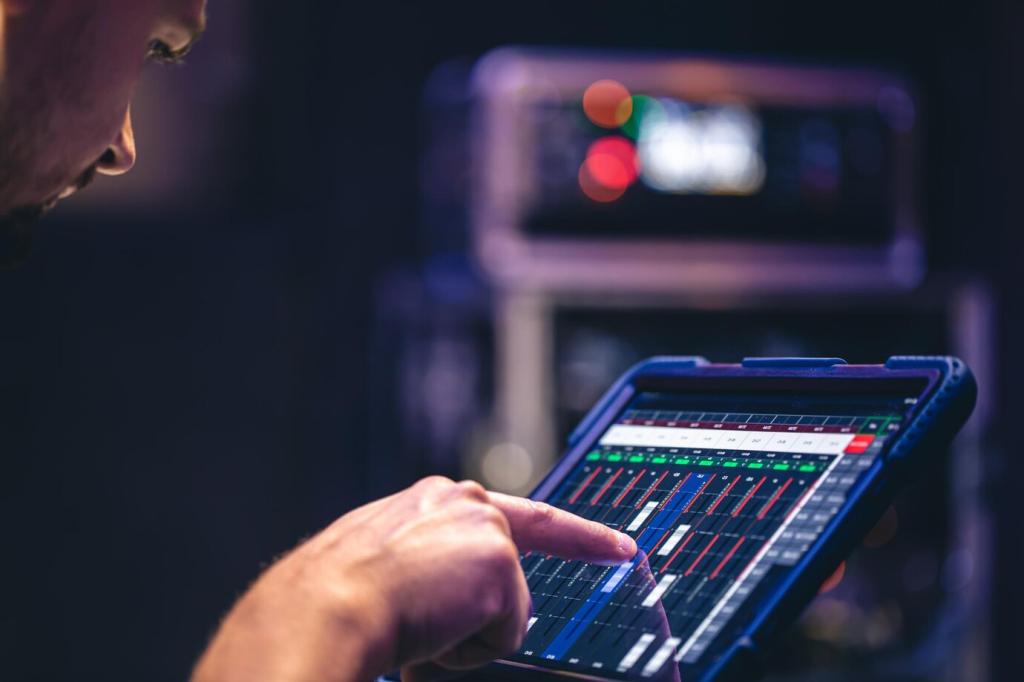Start With Clear, Actionable Fitness Goals
Pick one primary focus for the next 8–12 weeks. If fat loss drives you, favor cardio and metabolic strength tools. For muscle, prioritize progressive resistance options. For longevity, elevate mobility and core stability. Share your priority in the comments to get tailored suggestions.
Start With Clear, Actionable Fitness Goals
Measure ceilings, doorways, and usable floor area, then set a realistic budget range. Consider neighbors, kids’ nap times, and flooring type to manage vibration and sound. Tell us your constraints, and we’ll propose quiet, compact options that still deliver.



